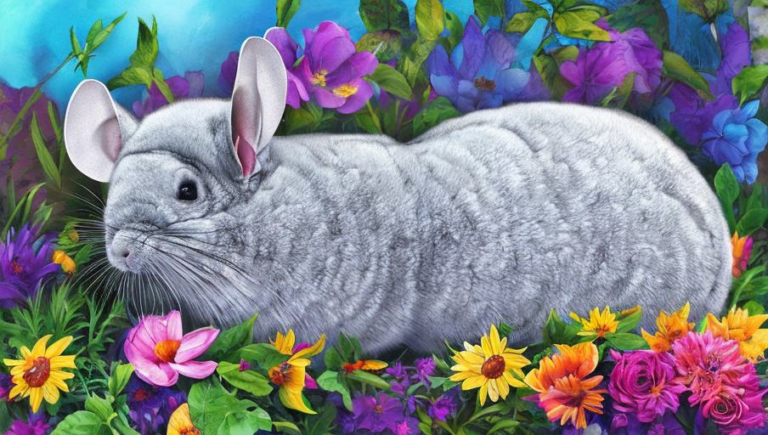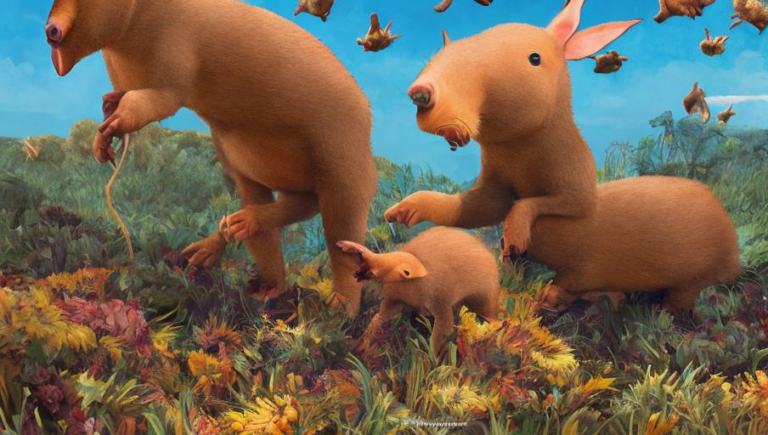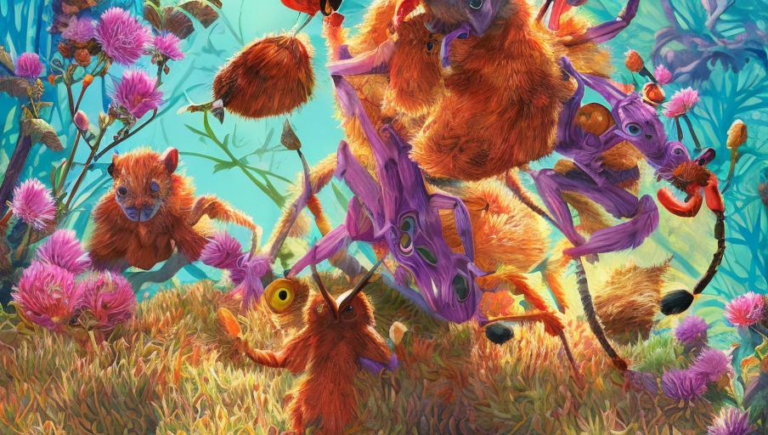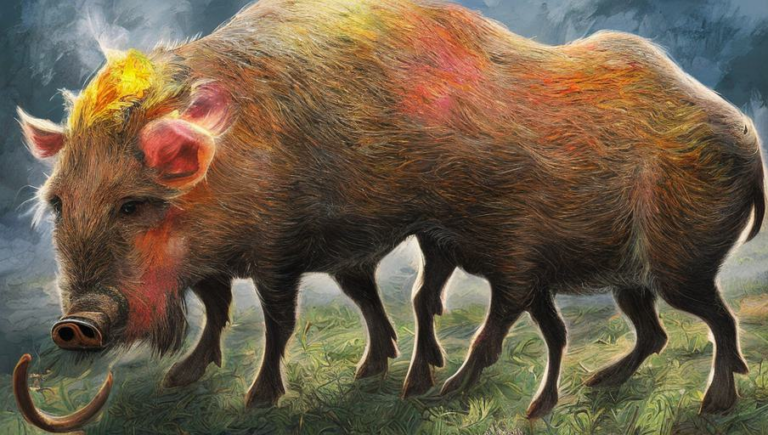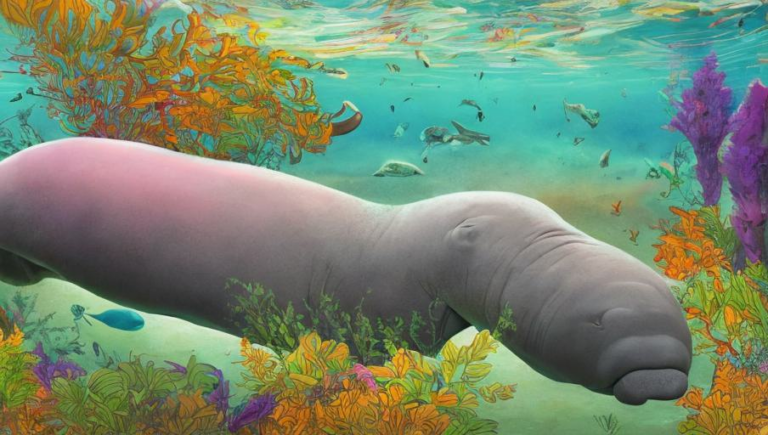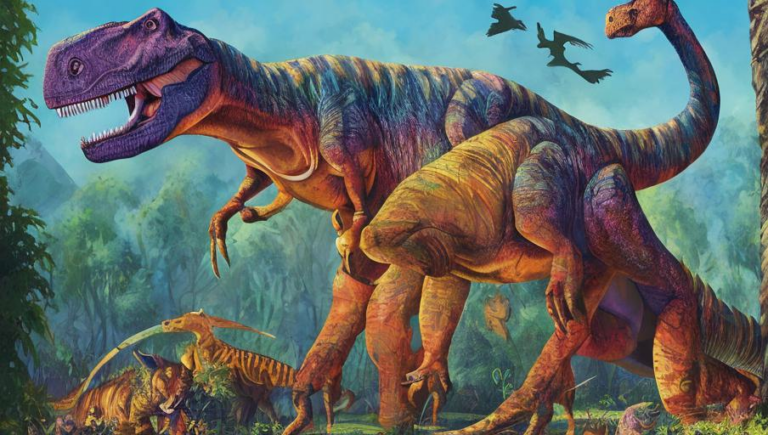What is the Dugong’s Diet and Feeding Habits

The Dugong’s Diet and Feeding Habits
The dugong, or sea cow, is a marine mammal found in tropical and subtropical waters around the world. They are the only living species of their family, and are closely related to manatees. Dugongs are unique in that they are herbivorous and feed on seagrass, which is their primary source of food. They are also known for their slow and gentle behavior, making them a popular attraction for tourists and marine life enthusiasts.
Dugong Feeding Habits
Dugongs have a slow and relaxed feeding style, which is why they are often seen leisurely grazing on seagrass beds. They typically feed in shallow waters, where the seagrass is most abundant. When feeding, they use their sensitive snouts to detect food, and then use their upper lip to pull it up into their mouth. They can also use their flippers to help them maneuver around the seagrass beds. Dugongs can consume up to 40 kilograms of seagrass every day.
Dugong Diet
In addition to seagrass, dugongs also feed on algae and other aquatic vegetation. They have been known to eat jellyfish, small crustaceans, and even fish, although these are not a major part of their diet. Dugongs are also known to eat sea cucumbers and other invertebrates. They prefer to feed at night and during the early morning hours.
Nutritional Benefits
Seagrass is a highly nutritious food source, and is full of essential vitamins, minerals, and other nutrients. It is particularly high in calcium, which is essential for the development of strong bones and teeth. Seagrass is also an important source of dietary fiber, which helps the dugong stay healthy and full.
The Impact of Overfishing
Unfortunately, dugongs are threatened by overfishing in many parts of the world. Overfishing has caused a decrease in the number of seagrass beds, which has led to a decrease in the number of available food sources for the dugong. This has caused a decrease in their population, leading to a decrease in the number of dugongs in the wild.
Conservation Efforts
Conservationists and researchers are working to protect the dugong and its habitat. There are several initiatives in place to protect seagrass beds and other areas where the dugong can feed. Additionally, many countries have laws in place that prohibit fishing and hunting of the dugong. These laws are important for helping to preserve the species.
Conclusion
The dugong is a unique and fascinating creature. It is essential that we protect these animals and their habitats, so that we can ensure their survival for generations to come. By understanding their diet and feeding habits, we can better understand the importance of their conservation and help preserve them for future generations.
